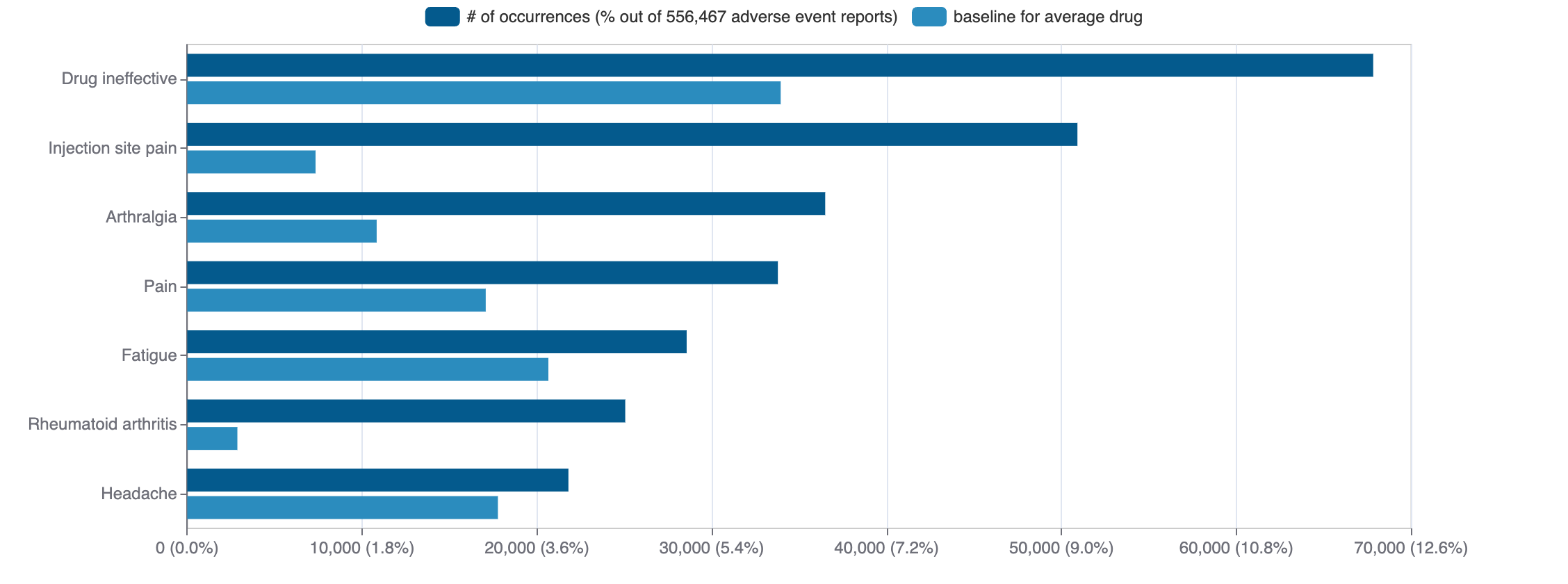Clodronic acid
Clodronic acid is a small molecule pharmaceutical. It is currently being investigated in clinical studies. It is known to target solute carrier family 17 member 9.
Download report
Favorite
Commercial
Therapeutic Areas
No data
Trade Name
FDA
EMA
No data
Drug Products
FDA
EMA
New Drug Application (NDA)
New Drug Application (NDA)
Abbreviated New Drug Application (ANDA)
Abbreviated New Drug Application (ANDA)
No data
Labels
FDA
EMA
No data
Indications
FDA
EMA
No data
Agency Specific
FDA
EMA
No data
Patent Expiration
No data
HCPCS
No data
Clinical
Clinical Trials
13 clinical trials
View more details

Mock data
Subscribe for the real data
Subscribe for the real data
Indications Phases 4
No data
Indications Phases 3
Indication | MeSH | Ontology | ICD-10 | Ph 1 | Ph 2 | Ph 3 | Ph 4 | Other | Total |
|---|---|---|---|---|---|---|---|---|---|
| Breast neoplasms | D001943 | EFO_0003869 | C50 | — | — | 2 | — | 2 | 4 |
| Prostatic neoplasms | D011471 | C61 | — | — | 1 | — | 1 | 2 | |
| Pain | D010146 | EFO_0003843 | R52 | — | — | 1 | — | — | 1 |
| Postmenopausal osteoporosis | D015663 | EFO_0003854 | — | — | 1 | — | — | 1 | |
| Brachial plexus neuropathies | D020516 | EFO_1000844 | G54.0 | — | — | 1 | — | — | 1 |
Indications Phases 2
No data
Indications Phases 1
No data
Indications Without Phase
Indication | MeSH | Ontology | ICD-10 | Ph 1 | Ph 2 | Ph 3 | Ph 4 | Other | Total |
|---|---|---|---|---|---|---|---|---|---|
| Osteoporosis | D010024 | EFO_0003882 | M81.0 | — | — | — | — | 1 | 1 |
| Osteoradionecrosis | D010025 | EFO_1001821 | — | — | — | — | 1 | 1 | |
| Multiple myeloma | D009101 | C90.0 | — | — | — | — | 1 | 1 | |
| Osteolysis | D010014 | M89.5 | — | — | — | — | 1 | 1 | |
| Bone neoplasms | D001859 | EFO_0003820 | D16 | — | — | — | — | 1 | 1 |
Epidemiology
Epidemiological information for investigational and approved indications
View more details
Drug
General
| Drug common name | CLODRONIC ACID |
| INN | clodronic acid |
| Description | Clodronic acid is an organochlorine compound that is methylene chloride in which both hydrogens are replaced by phosphonic acid groups. It inhibits bone resorption and soft tissue calcification, and is used (often as the disodium salt tetrahydrate) as an adjunct in the treatment of severe hypercalcaemia associated with malignancy, and in the management of osteolytic lesions and bone pain associated with skeletal metastases. It has a role as a bone density conservation agent and an antineoplastic agent. It is an organochlorine compound, a one-carbon compound and a 1,1-bis(phosphonic acid). It is a conjugate acid of a clondronate(2-). |
| Classification | Small molecule |
| Drug class | calcium metabolism regulators |
| Image (chem structure or protein) | |
| Structure (InChI/SMILES or Protein Sequence) | O=P(O)(O)C(Cl)(Cl)P(=O)(O)O |
Identifiers
| PDB | — |
| CAS-ID | 10596-23-3 |
| RxCUI | 3350 |
| ChEMBL ID | CHEMBL12318 |
| ChEBI ID | 110423 |
| PubChem CID | 25419 |
| DrugBank | DB00720 |
| UNII ID | 0813BZ6866 (ChemIDplus, GSRS) |
Target
Agency Approved
No data
Alternate
SLC17A9
SLC17A9
Organism
Homo sapiens
Gene name
SLC17A9
Gene synonyms
C20orf59
NCBI Gene ID
Protein name
solute carrier family 17 member 9
Protein synonyms
solute carrier family 17 (vesicular nucleotide transporter), member 9, vesicular nucleotide transporter SLC17A9
Uniprot ID
Mouse ortholog
Slc17a9 (228993)
solute carrier family 17 member 9 (Q8VCL5)
Variants
Clinical Variant
No data
Financial
No data
Trends
PubMed Central
Top Terms for Disease or Syndrome:

Mock data
Subscribe for the real data
Subscribe for the real data
Additional graphs summarizing 660 documents
View more details
Safety
Black-box Warning
No Black-box warning
Adverse Events
Top Adverse Reactions

Mock data
Subscribe for the real data
Subscribe for the real data
91 adverse events reported
View more details
Premium feature
Learn more about premium features at pharmakb.com
Learn more
